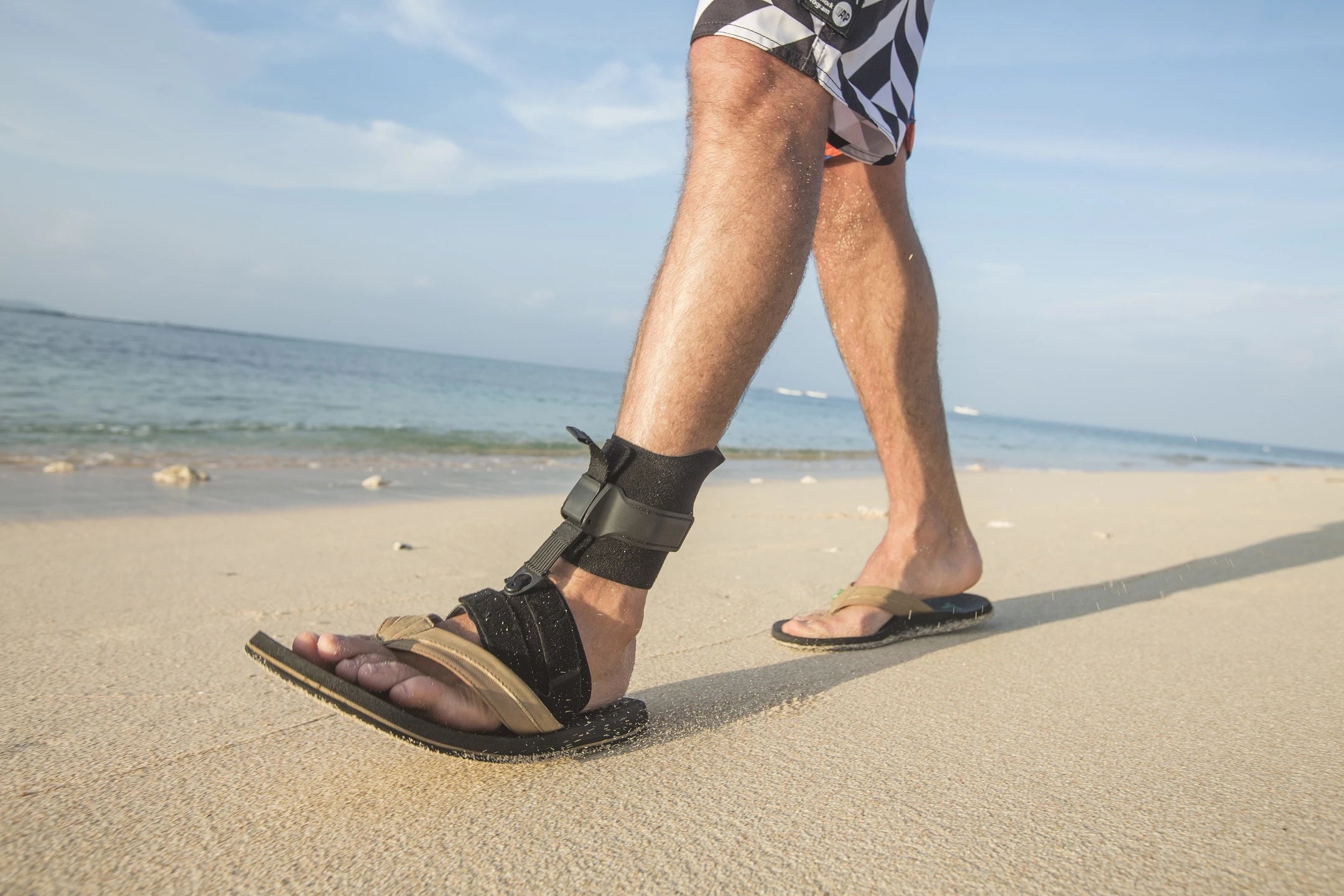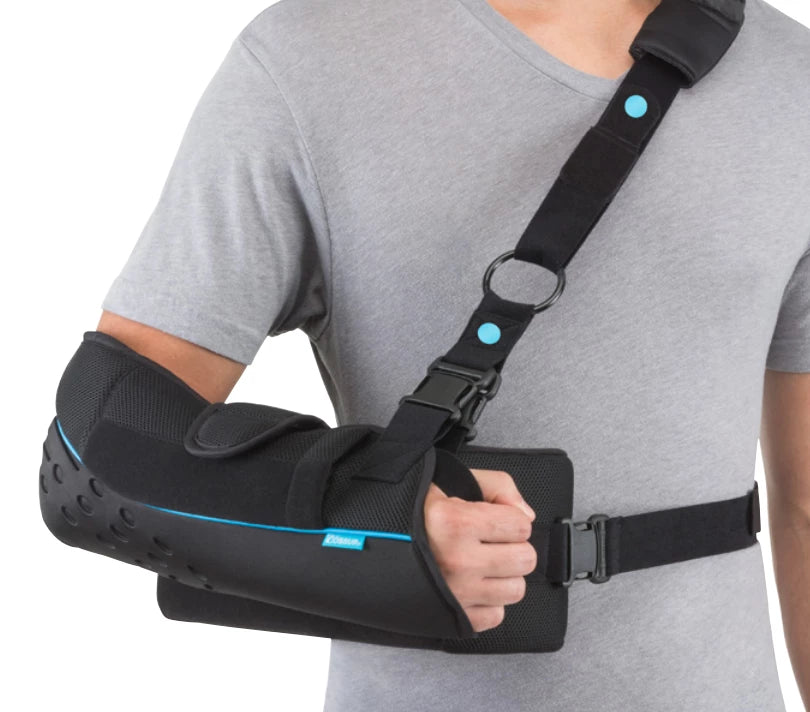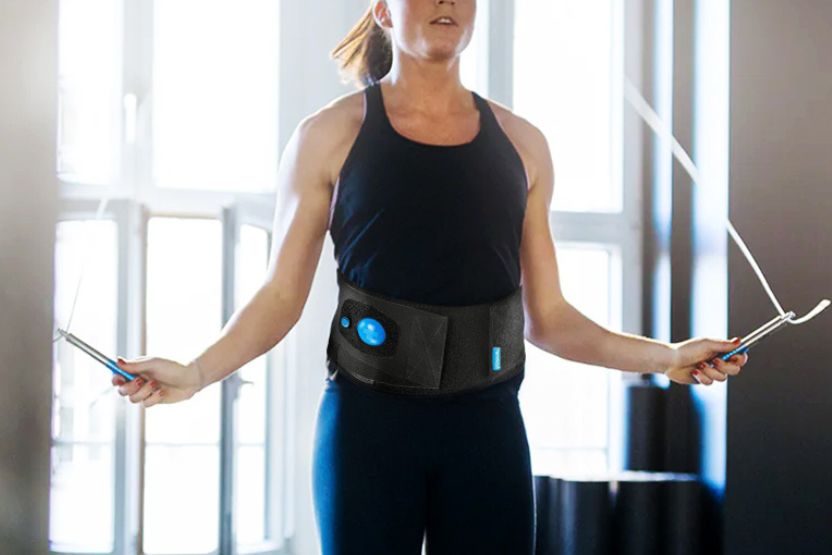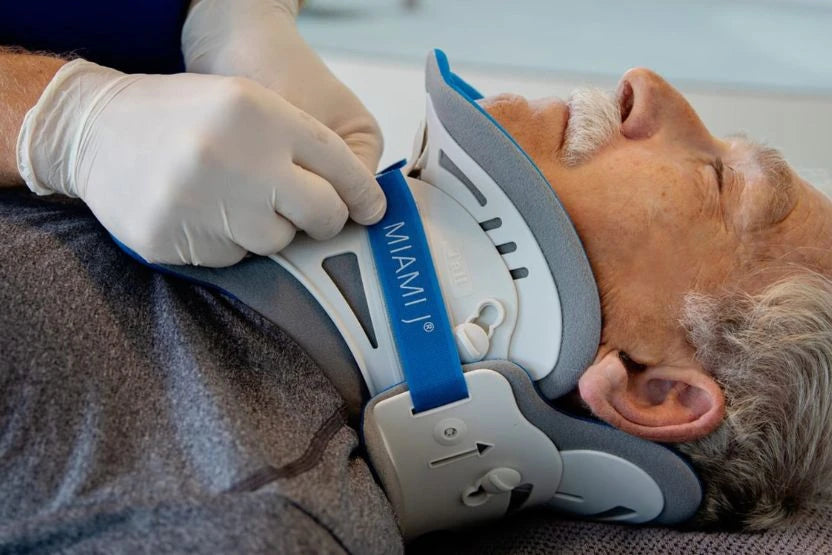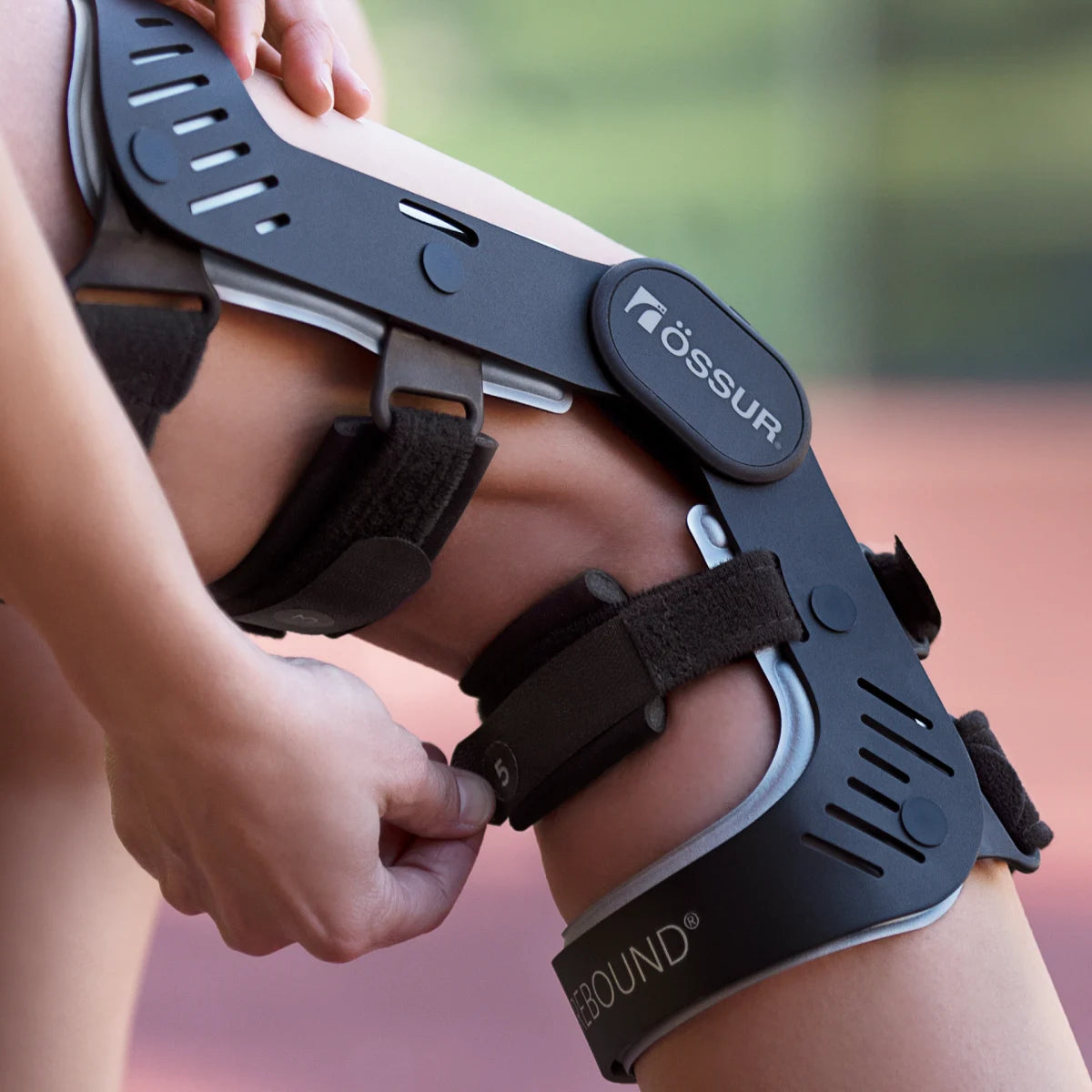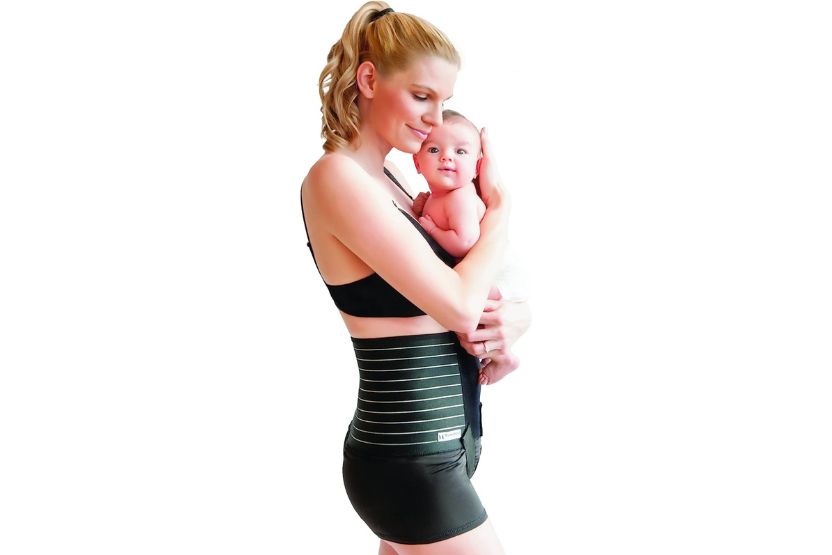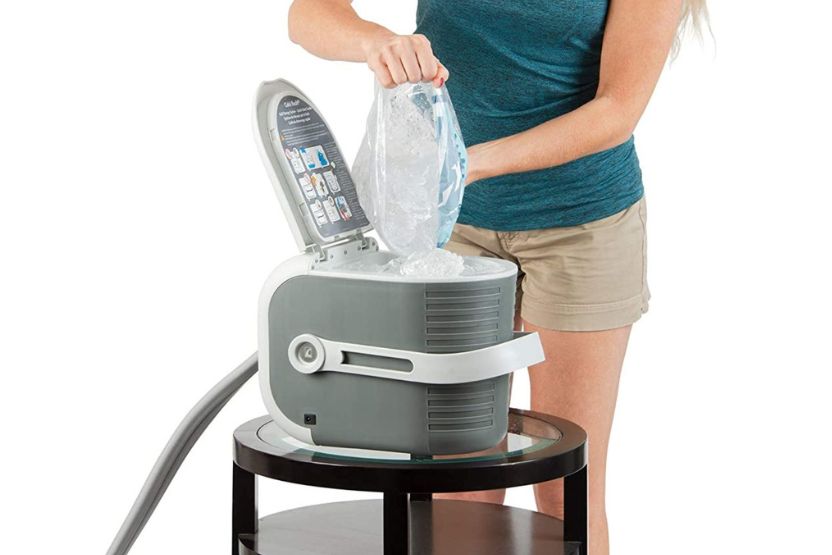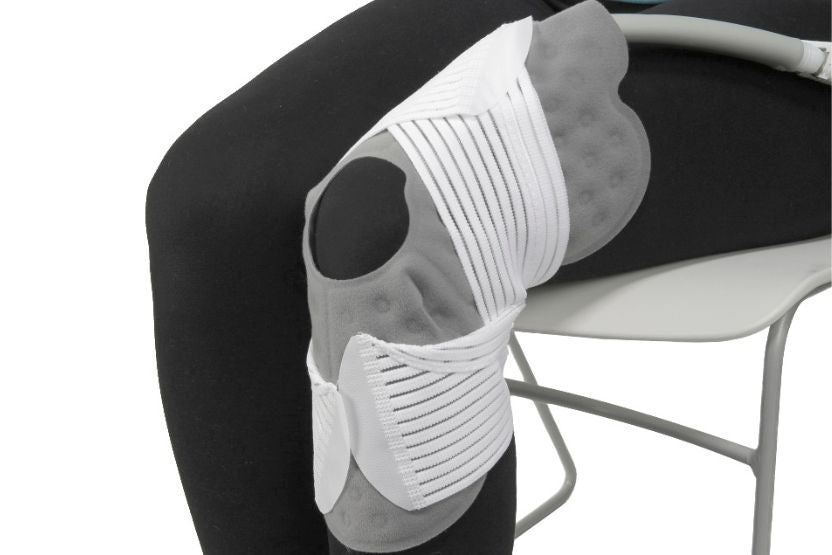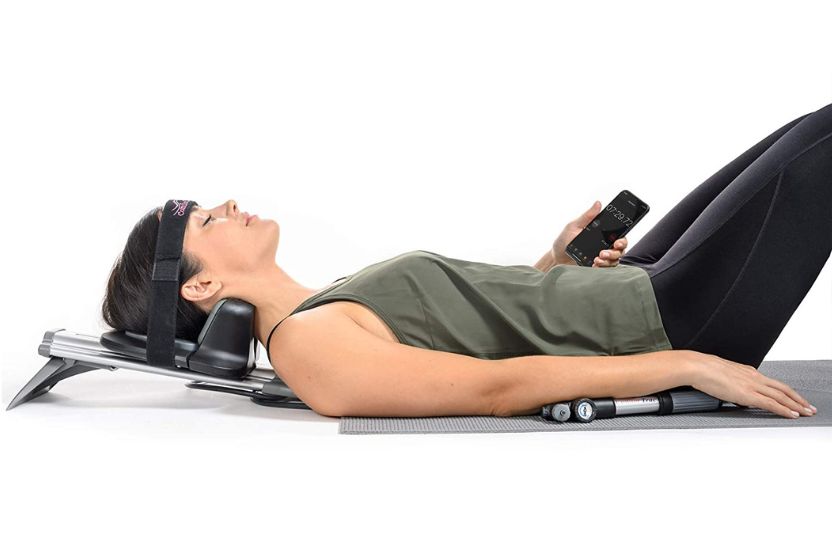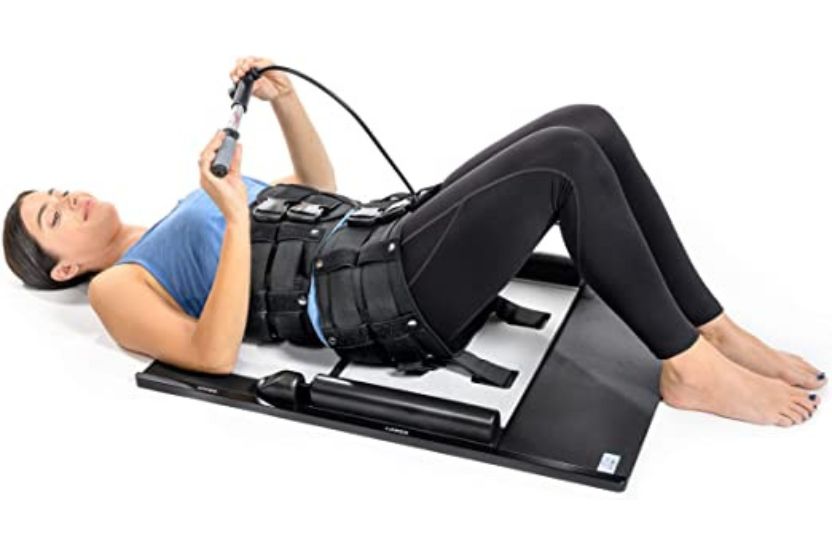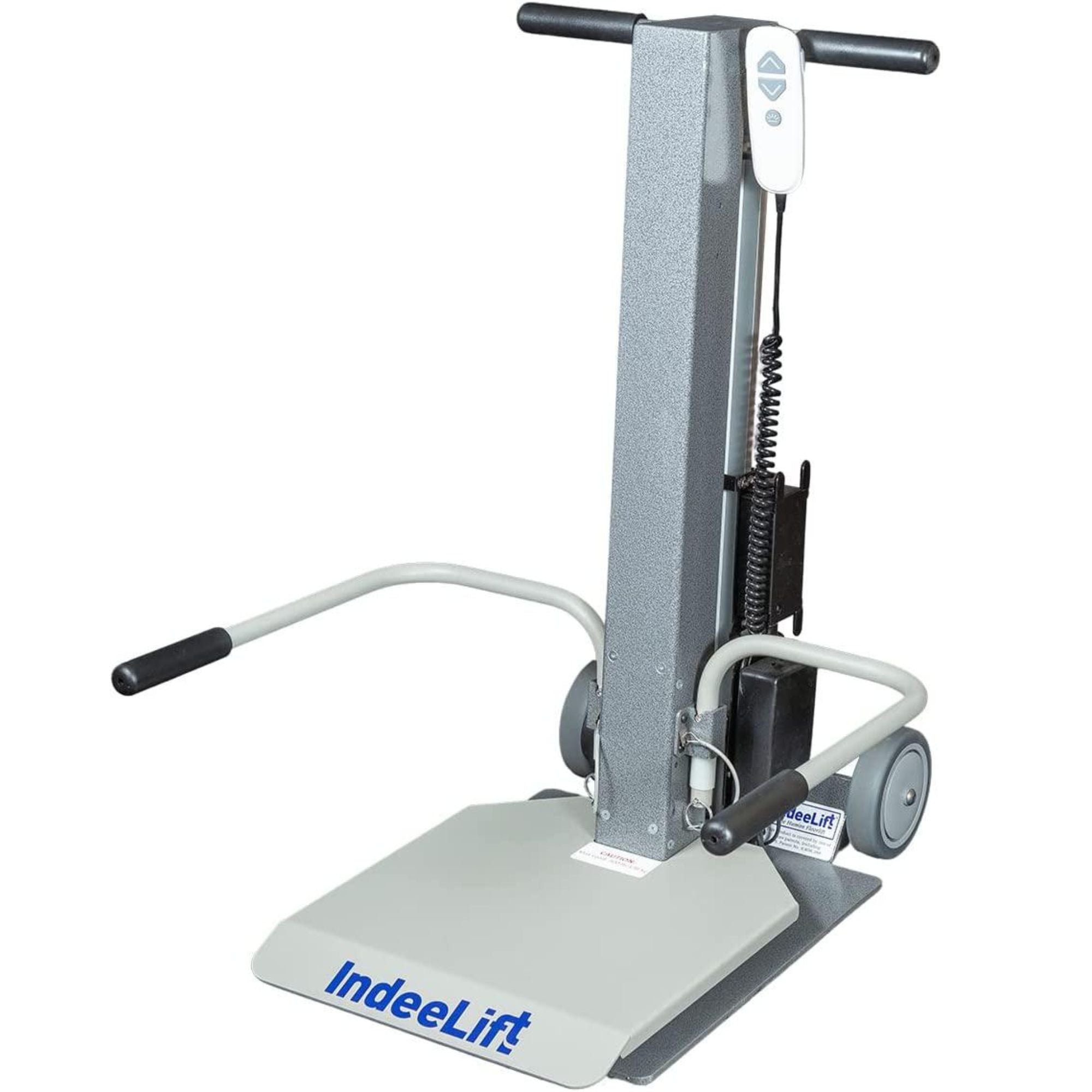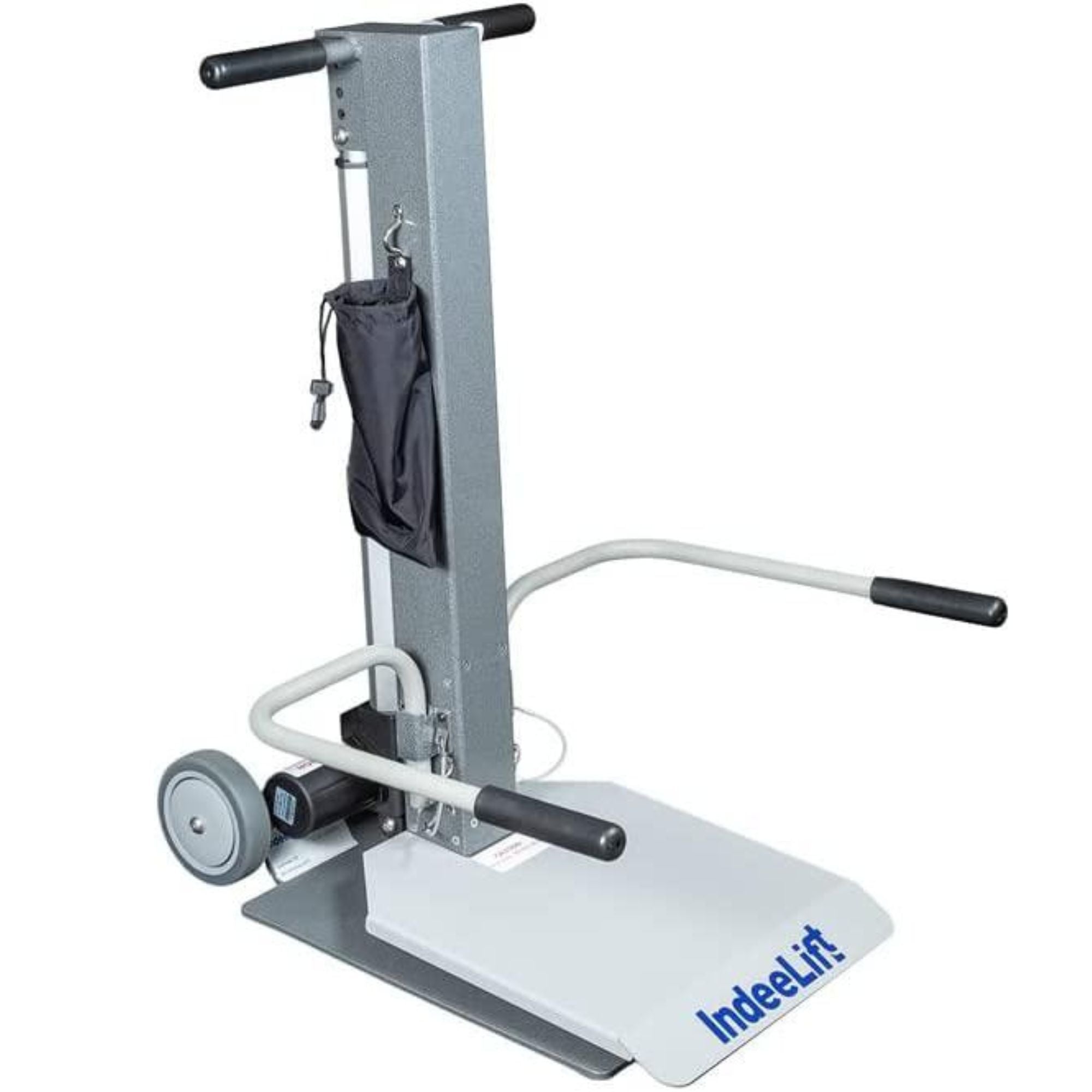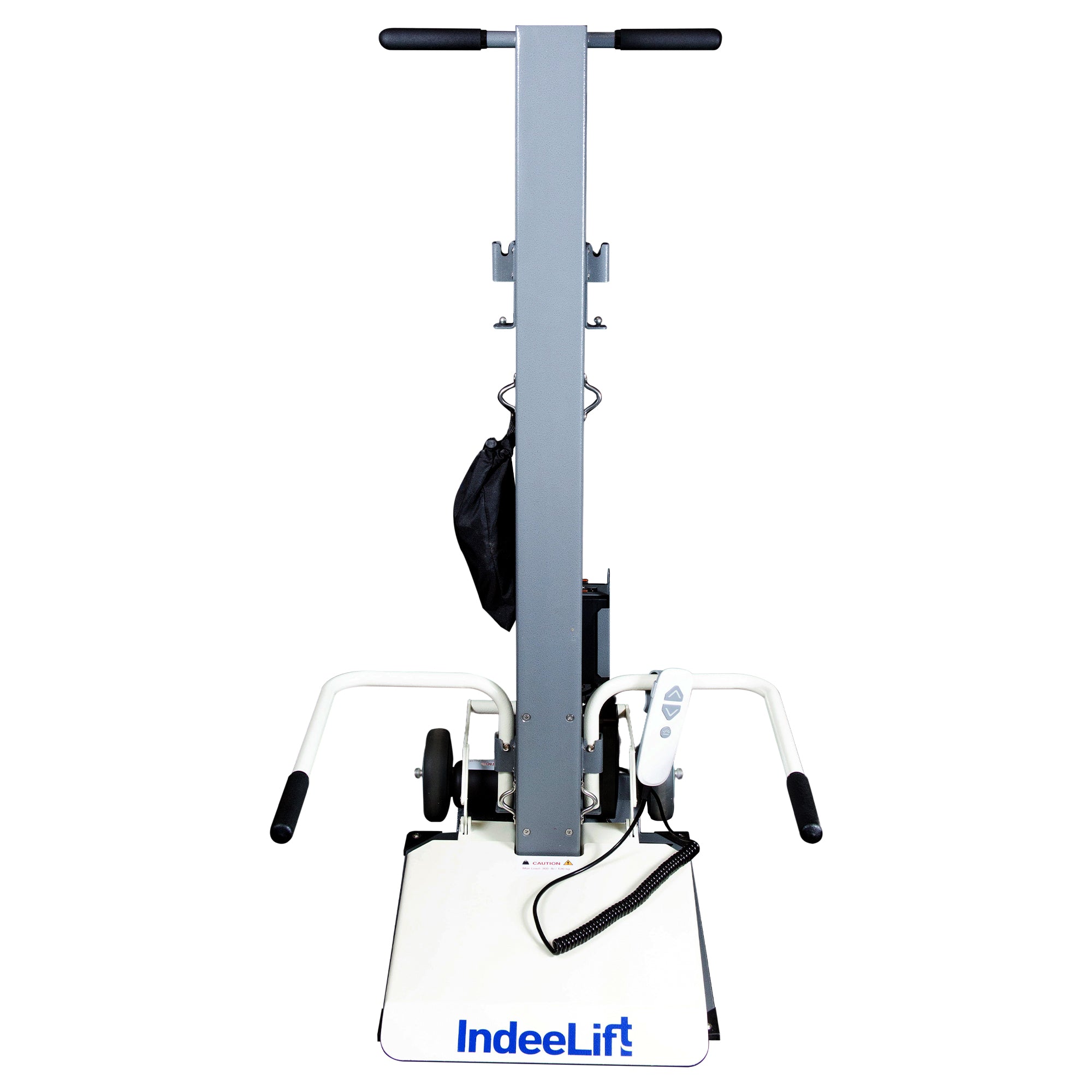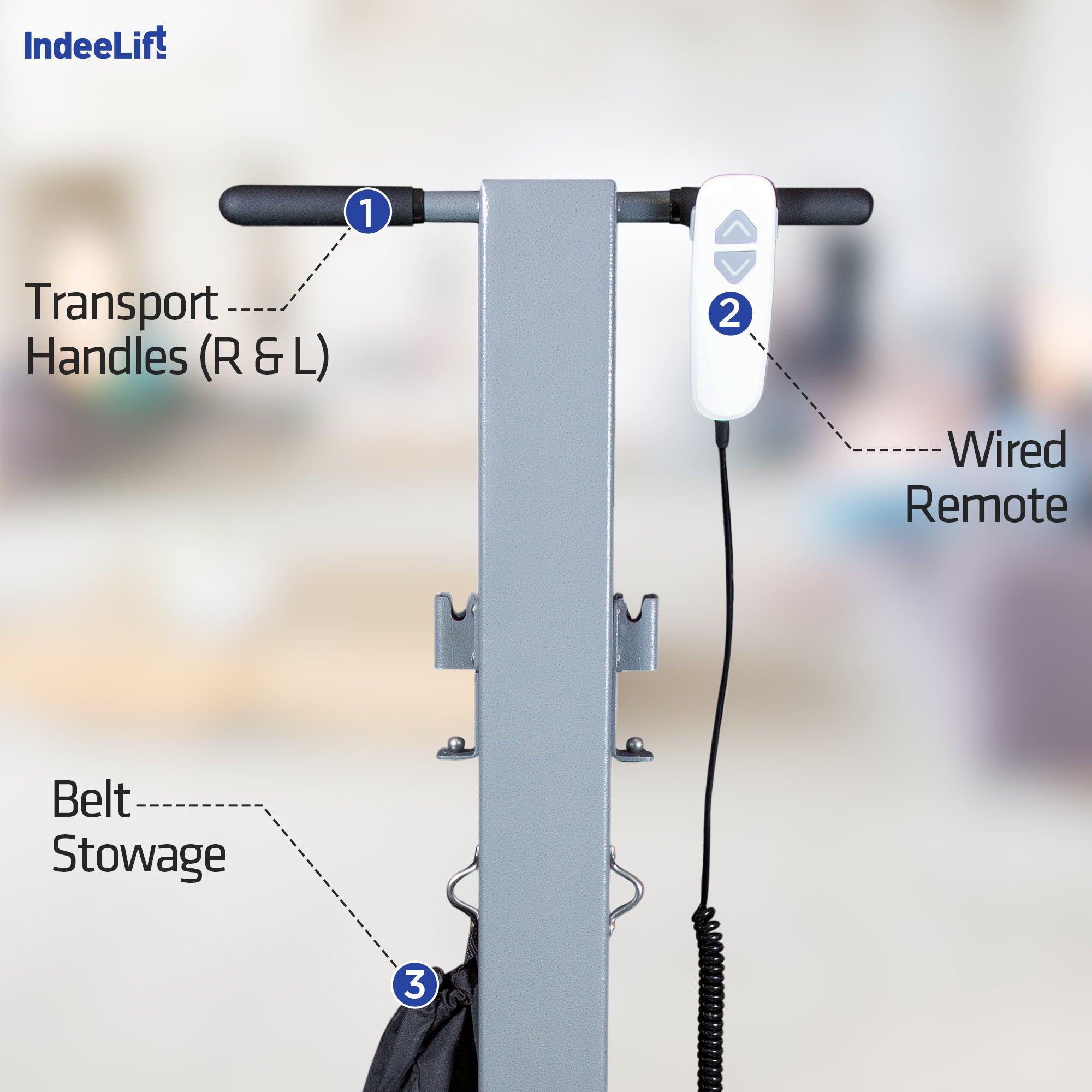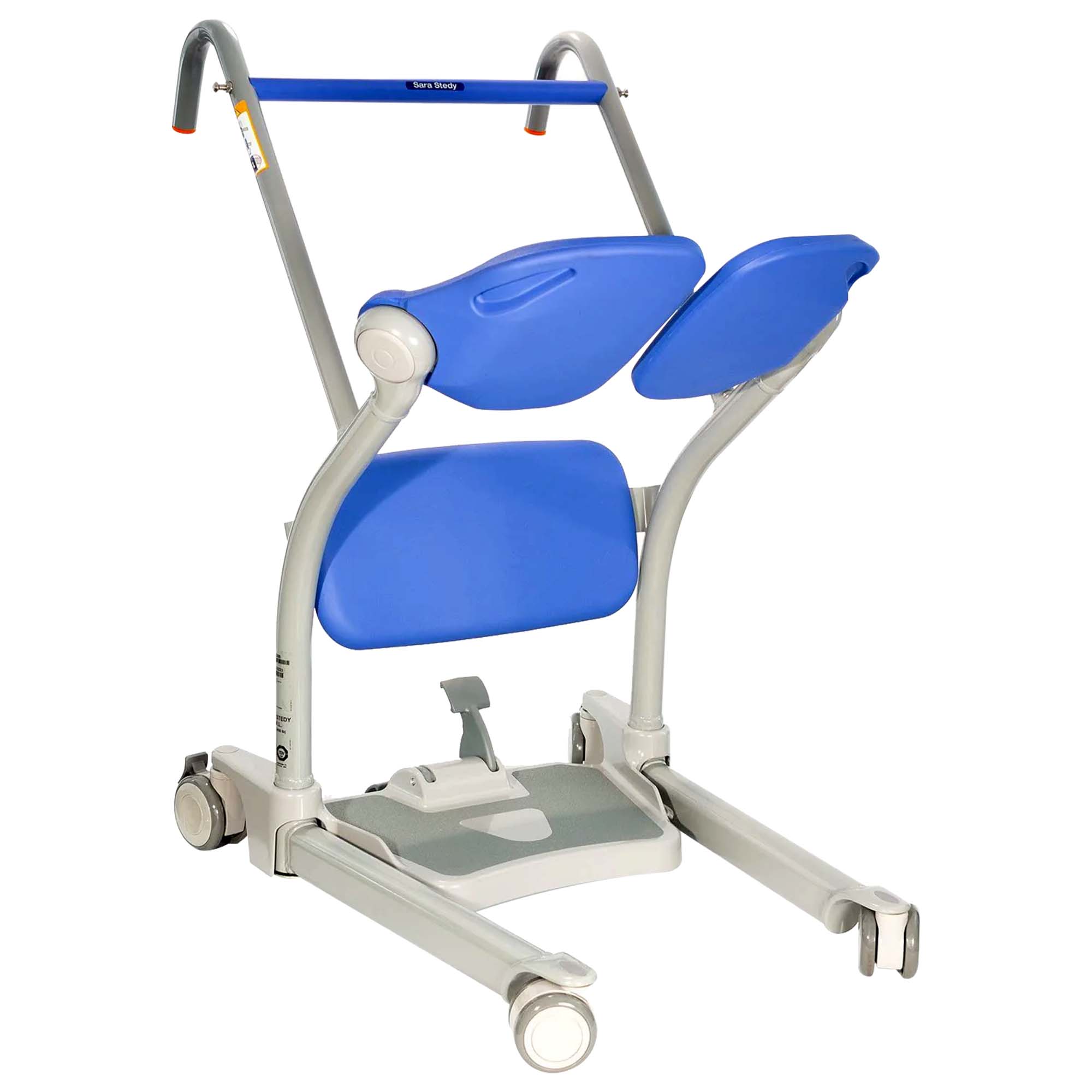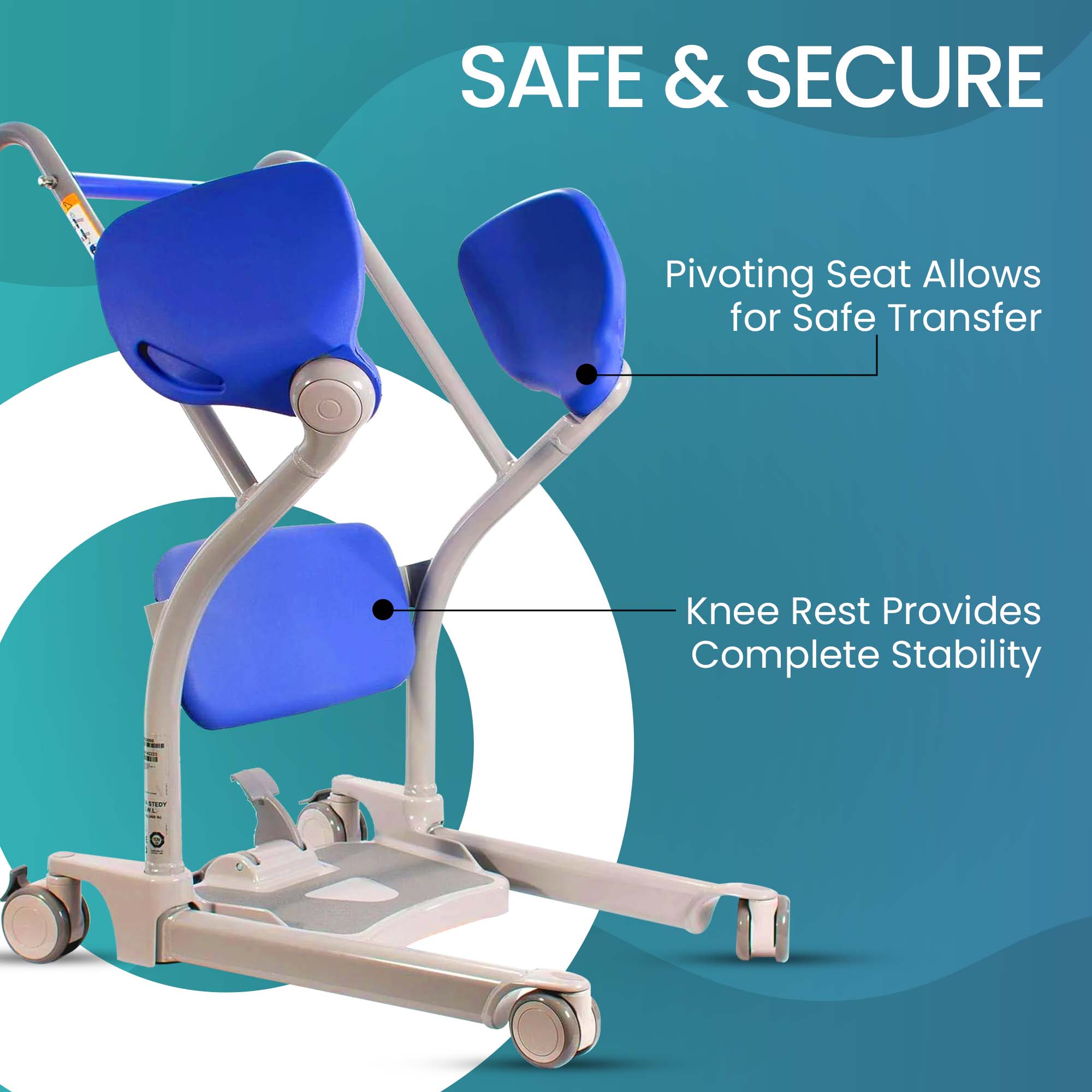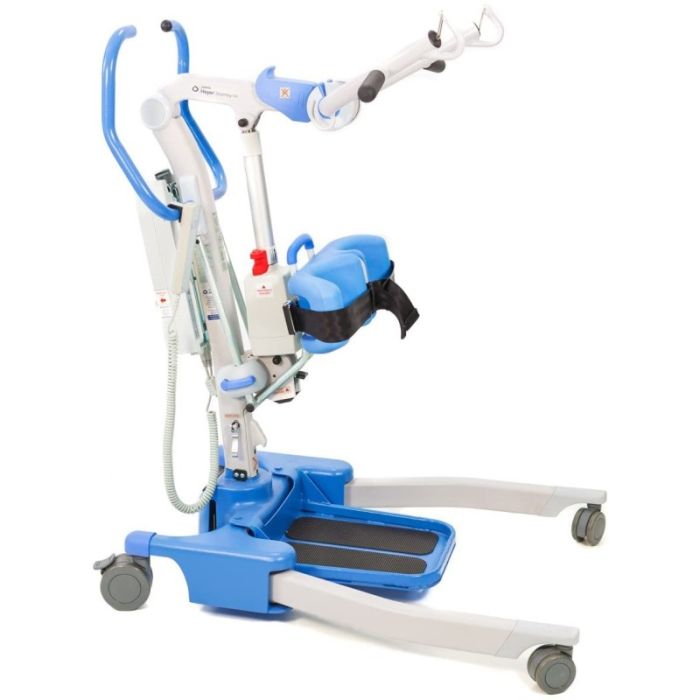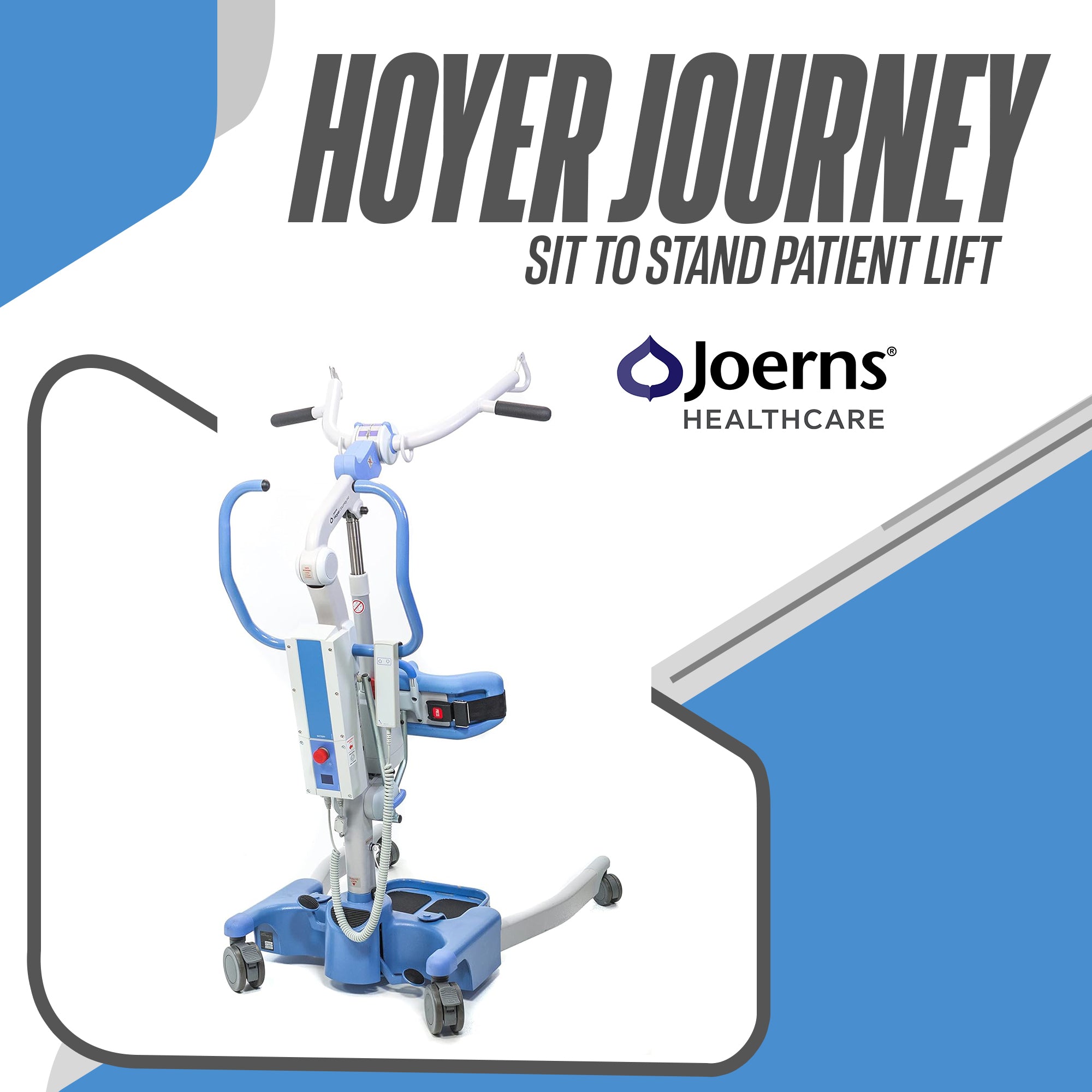Regaining Independence: Sit to Stand Lift for Home Use
Considering a lift to help with getting in and out of chairs?
Sit-to-stand lifts, also known as stand-assist devices, can be a game-changer for individuals with limited mobility. These helpful tools can assist with safely transferring from a seated position to a standing position, promoting independence and dignity.
What is a Sit-to-Stand Lift?
A sit-to-stand lift is a medical equipment device designed to aid individuals who have difficulty standing up from a seated position on their own. They are commonly used in patient care facilities, but there are also many options available for home use. Sit-to-stand lifts come in a variety of configurations, including electric and hydraulic models.
Benefits of Sit-to-Stand Lifts for Home Use
There are many benefits to using a sit-to-stand lift at home. These lifts can:
- Increase Independence and Mobility: By providing a safe and easy way to transfer from sitting to standing, sit-to-stand lifts can help individuals with limited mobility maintain their independence and participate in daily activities.
- Reduce Risk of Falls: Falls are a serious concern for people with mobility limitations. Sit-to-stand lifts can help to reduce the risk of falls by providing a stable and secure transfer.
- Minimize Caregiver Strain: For caregivers, assisting with transfers can be physically demanding. Sit-to-stand lifts can take the strain off caregivers and help to prevent injuries.
How to Choose a Sit-to-Stand Lift
There are a number of factors to consider when choosing a sit-to-stand lift for home use. Here are a few important points:
- Weight Capacity: Lifts come in a variety of weight capacities, so it is important to choose one that can accommodate the user's weight. Common weight capacities include 400 lbs, 450 lbs, and 500 lbs. There are also heavy-duty lifts available for bariatric patients.
- Portability: If portability is important, consider a portable stand. These lifts are lightweight and can be easily folded for storage or transport.
- Ease of Use: The lift should be easy for both the user and the caregiver to operate. Look for features such as easy-to-grip handles, adjustable height, and a comfortable sling.
Additional Considerations
- Stand Assist vs. Sit-to-Stand Lift: Stand assist lifts are a type of sit-to-stand lift that provide minimal lifting support. They are a good option for individuals who have some upper body strength and are able to partially support their own weight.
- Slings: A sit-to-stand lift sling is an essential component of the system. The sling should be comfortable and supportive for the user.
- Home Medical Equipment Suppliers: Talk to a qualified home medical equipment supplier about your needs. They can help you choose the right lift for your situation and provide training on how to use it safely.
Sit-to-stand lifts can be a valuable tool for patients with limited mobility and their caregivers. By promoting independence, reducing the risk of falls, and minimizing caregiver strain, these lifts can help to improve quality of life at home.
Disclaimer
The information provided in this blog is for general informational purposes only. It is not a substitute for professional medical advice, diagnosis, or treatment. Always seek the advice of your physician or other qualified healthcare provider with any questions you may have regarding a medical condition or treatment and before undertaking a new health care regimen.
Shop-Orthopedics is not a medical professional, and the content on this blog is not intended to be a substitute for professional medical advice, diagnosis, or treatment. Shop-Orthopedics makes no representations or warranties of any kind, express or implied, about the completeness, accuracy, reliability, suitability, or availability with respect to the blog or the information, products, services, or related graphics contained on the blog for any purpose. Any reliance you place on such information is therefore strictly at your own risk.


